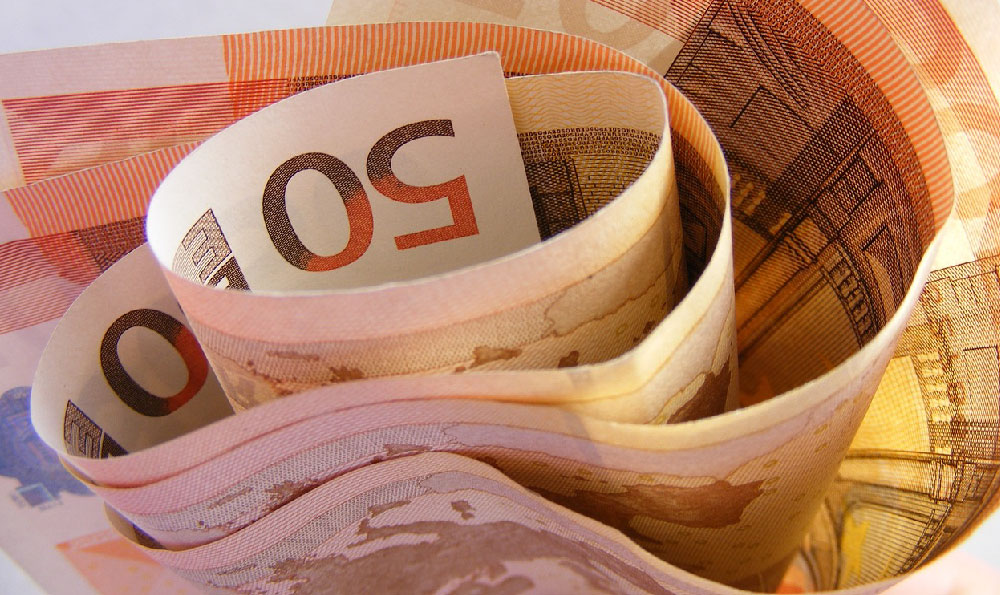How did Mansa Musa amass his wealth, and what impact did it have?
Mansa Musa, the 14th-century ruler of the Mali Empire, wasn't just a king; he was a financial titan whose wealth remains legendary even centuries later. To understand the enormity of his fortune and its ripple effects, one must delve into the economic and geographical context of his reign, as well as the strategic deployment of resources that underpinned his power.
Musa's wealth was not simply acquired; it was cultivated through a confluence of factors. The Mali Empire sat astride some of the richest gold mines in the world, particularly in the Bambuk and Bure regions. Unlike many rulers who relied on conquest and tribute alone, Musa understood the importance of controlling the source of valuable commodities. He exerted direct control over gold production, ensuring that a significant portion of it flowed directly into the imperial treasury. This wasn’t just about extraction; it was about management. Musa implemented policies that regulated gold trade, preventing its value from being diluted by oversupply and maximizing its purchasing power on the global stage.
Beyond gold, salt was another crucial commodity that contributed significantly to the Mali Empire's prosperity. Salt was an essential resource for preserving food and sustaining life, particularly in the arid regions of West Africa. The Sahara Desert held vast salt deposits, and Musa's empire controlled key trade routes that transported salt across the region. This control allowed him to levy taxes on salt traders, further bolstering the empire's revenue. The combination of gold and salt, two highly sought-after resources, created a powerful economic engine that propelled Musa's wealth accumulation.

However, possessing resources is one thing; effectively managing and leveraging them is another. Musa proved to be a shrewd economic strategist. He recognized the importance of trade and invested in infrastructure to facilitate it. The Niger River served as a vital artery for commerce, and Musa oversaw the construction and maintenance of river ports and trading centers like Timbuktu and Gao. These cities flourished as centers of trade, scholarship, and Islamic learning, attracting merchants and scholars from across the Muslim world. The increased trade activity not only generated revenue through taxes but also fostered cultural exchange and intellectual growth, further enhancing the empire's prestige.
Musa's famous pilgrimage to Mecca in 1324 is perhaps the most well-known example of his wealth in action. His entourage was legendary, reportedly consisting of tens of thousands of soldiers, courtiers, and slaves, along with a massive quantity of gold. While the precise amount of gold he brought is debated, accounts suggest that he spent and gifted so much of it during his travels through Egypt that he inadvertently triggered a severe economic crisis. The sudden influx of gold devalued the metal in Cairo, causing inflation and disrupting the local economy for years to come. This highlights the sheer scale of Musa's wealth and its capacity to influence even established economic systems.
The impact of Musa's wealth extended far beyond his personal enrichment. He used his fortune to invest in infrastructure, education, and culture within the Mali Empire. He commissioned the construction of numerous mosques, libraries, and schools, transforming cities like Timbuktu into centers of learning and Islamic scholarship. The Sankoré University in Timbuktu, for example, became renowned throughout the Muslim world, attracting scholars and students from distant lands. This investment in education and culture not only improved the quality of life for his subjects but also strengthened the empire's identity and influence.
Musa also used his wealth to foster diplomatic relations with other rulers and kingdoms. His lavish gifts and displays of generosity during his pilgrimage to Mecca impressed foreign dignitaries and solidified the Mali Empire's position as a major player in the global arena. He established trade agreements with various kingdoms and fostered peaceful relations through diplomacy and mutual respect. This shrewd diplomatic strategy helped to secure the empire's borders and protect its economic interests.
However, the sheer scale of Musa's wealth also had some unintended consequences. The influx of gold into the Mali Empire, while beneficial in many ways, also contributed to inflation and economic instability. The abundance of gold made it easier to acquire goods and services, but it also eroded the value of the currency, making it more difficult for ordinary people to afford essential items. Furthermore, the concentration of wealth in the hands of the ruling elite created social inequalities and resentment among the common people.
Moreover, the very public display of Musa's wealth during his pilgrimage attracted the attention of European powers, who were increasingly interested in exploring and exploiting the resources of Africa. The accounts of Musa's riches fueled European fantasies of vast gold mines and spurred them to launch expeditions in search of new trade routes and opportunities for colonization. In a way, Musa's wealth, while a source of power and prestige for the Mali Empire, also inadvertently contributed to its eventual downfall by attracting the attention of external forces.
In conclusion, Mansa Musa amassed his wealth through a combination of factors, including control over rich gold and salt mines, strategic management of trade routes, and shrewd investment in infrastructure and education. His wealth had a profound impact on the Mali Empire, transforming it into a center of trade, scholarship, and Islamic learning. However, it also had some unintended consequences, including inflation, social inequalities, and increased European interest in the region. His legacy remains complex and multifaceted, a testament to the power and peril of immense wealth. Understanding the nuances of his reign offers valuable insights into the dynamics of wealth accumulation, economic management, and the interconnectedness of global economies even in the 14th century.















